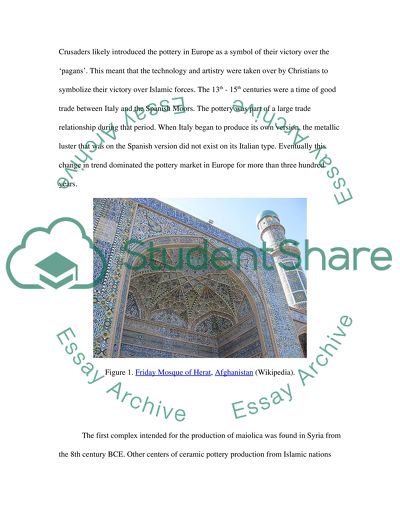Cite this document
(“The Development of Maiolica across Islam and Christian Cultures Research Paper”, n.d.)
Retrieved de https://studentshare.org/archaeology/1486438-the-development-of-maiolica-across-islam-and-christian-cultures
Retrieved de https://studentshare.org/archaeology/1486438-the-development-of-maiolica-across-islam-and-christian-cultures
(The Development of Maiolica across Islam and Christian Cultures Research Paper)
https://studentshare.org/archaeology/1486438-the-development-of-maiolica-across-islam-and-christian-cultures.
https://studentshare.org/archaeology/1486438-the-development-of-maiolica-across-islam-and-christian-cultures.
“The Development of Maiolica across Islam and Christian Cultures Research Paper”, n.d. https://studentshare.org/archaeology/1486438-the-development-of-maiolica-across-islam-and-christian-cultures.


